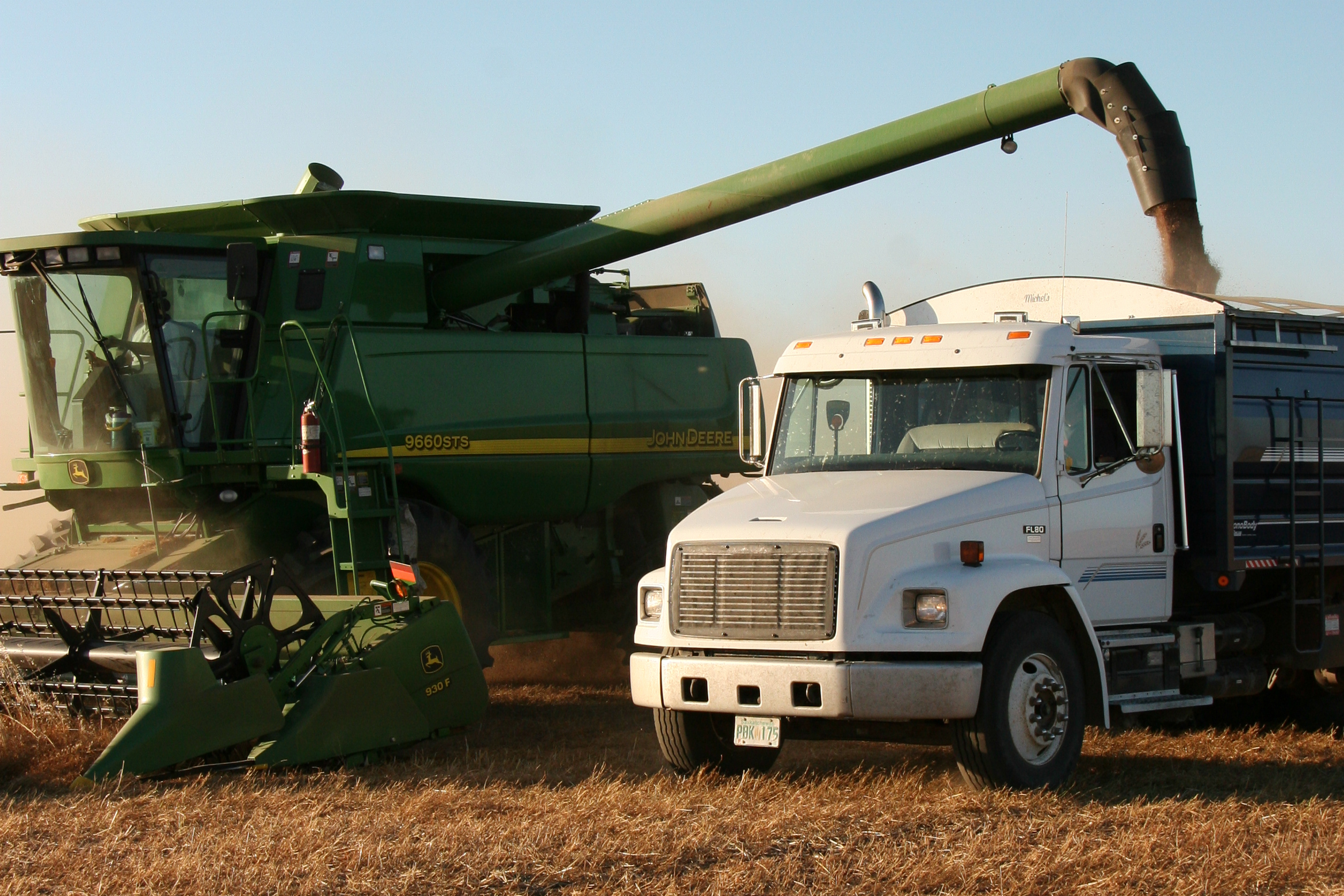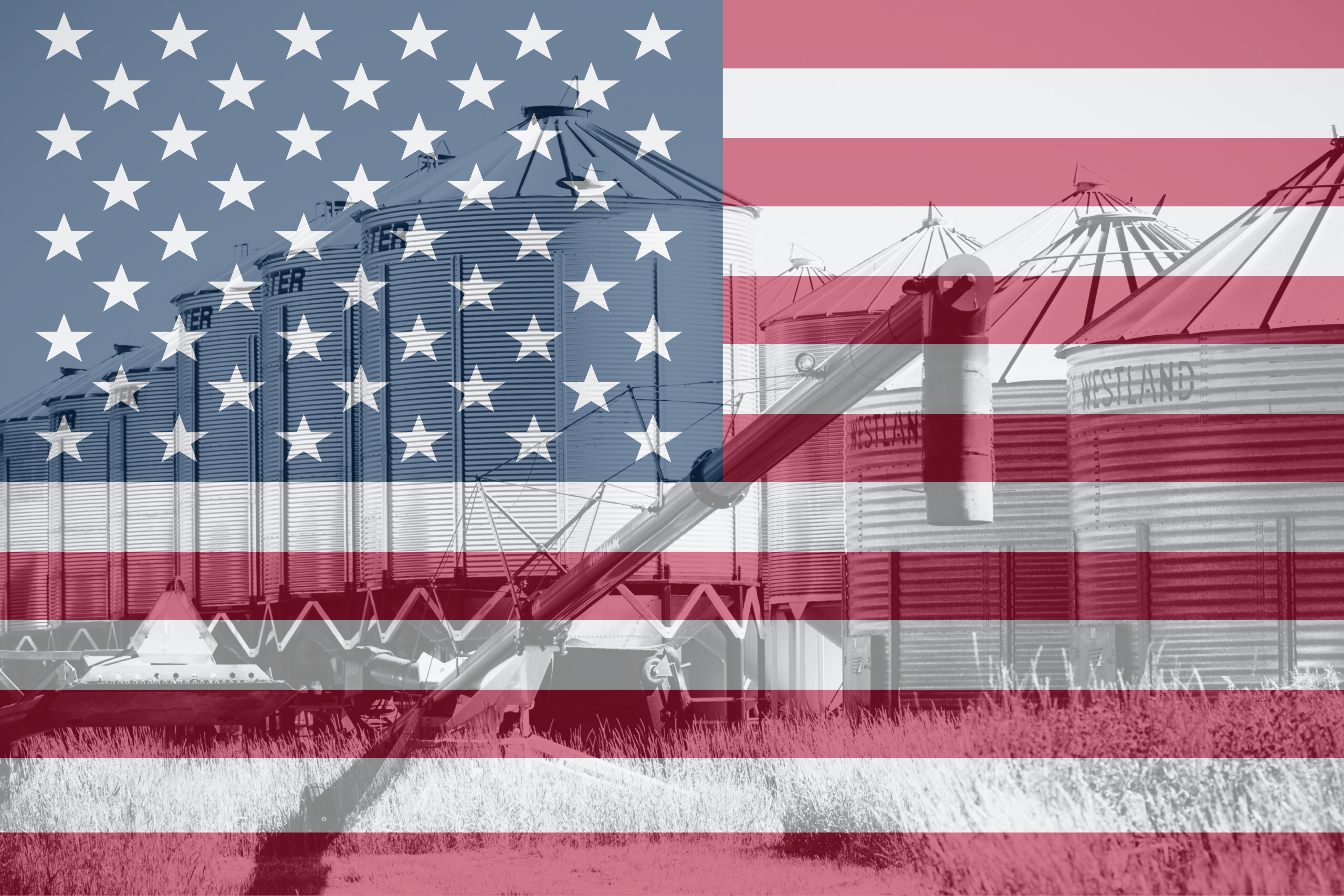By Jon Driedger, LeftField Commodity Research
September 2022
Despite some uncertainty during spring planting due to dryness in the Western Prairies and excess moisture in the East, Canadian pulse production experienced a big rebound in 2022. Harvest is ongoing at the time of writing, but the initial Statistics Canada (StatCan) estimates point to production increasing by up to 60% or more. In addition, early harvest results suggest the overall quality should be reasonably good as well.
Small old crop supplies coming into the season will reduce the increase to total stocks, but larger production will allow for a recovery in exports, although international demand will impact the extent to which the additional supplies will get absorbed in global markets.
Pea Production Up, but Export Demand May Lag
The initial StatCan estimate put the total pea crop at 3.61 million (M) tonnes, a 60% increase from the previous season, but about 16% below the 5-year average prior to 2021. This initial report is based on crop modeling to the end of July, so the final harvest result will likely differ. Early harvest results showed some lower yields, but this is also in the drier parts of the Prairies. The pea crops located further north and east have tended to look better on average, although more actual yield results are needed to know for certain. There was no production breakdown by type, but earlier reports suggest yellow pea acres make up 82% of the total while green pea area is around 14%.
While production may be up by 1.3 M tonnes, it is possible exports may only increase by 500–600,000 tonnes. China has overwhelmingly been the most important export market for yellow peas in recent years, taking up to 80% of total Canadian shipments. Chinese demand for human consumption and fractionation should hold steady, but feed buying may fall in response to lower livestock numbers and pea prices being at a premium to soymeal. This could create a situation where either peas will need to become aggressively priced into feed channels in the country, or run the risk of having supplies back up in Canada.
India again does not appear likely to be a large importer of yellow peas from Canada during the coming year as import restrictions remain in place. This has not mattered as much when China is taking big volumes, but there is the potential for India’s absence to be felt more this year. A better United States (U.S.) crop will also reduce their reliance on Canadian imports.
Canada will also continue to see competition from other countries in export markets. Crops in Australia and Ukraine will be smaller, but Russia saw a big increase in production. Against a backdrop of possible lower global import demand overall, this could further create a more competitive environment.
Green pea exports tend to fluctuate less from one year to the next due to a larger number of key importing countries, including China, the United Arab Emirates (UAE), the Philippines, and Latin America. This leaves the potential for volumes to return to levels of recent years as production recovers. Reasonably steady demand and a smaller relative increase in production sets the stage for the premium for green peas over yellows to widen in the months ahead.
Canadian Pea Production and Exports

Red and Green Lentil Production Higher, but Demand Outlooks May Differ
Total lentil production was estimated at 2.91 M tonnes at the end of August, up 81% from 2021 and the largest since 2016. It is likely this initial estimate is a bit high based on early harvest results and the fact lentil acres are more heavily weighted towards those parts of the Prairies that were dry, but even if the final figure ends up being lower, the year-over-year increase will be substantial. The seeded area breakdown puts red lentils at around 74% of the total, which is at the upper end of the longer-term range, while Lairds and Estons were at 17% and 7% of lentil acres, respectively, near the low end of their historical share.
The coming year may see different international market opportunities between the lentil types. Planting for India’s tur crop lagged last year’s level, which may lift imports of green lentils from Canada. This could add to the normally consistent demand from various Middle Eastern and Latin American countries.
Red lentil export demand may not be as strong. India will still be an important market, but volumes may not match the levels of recent years unless there is a downturn in their winter rabi crop, something that will not be known until early 2023. Until then, purchases are likely to be relatively subdued. India tends to make up over 40% of Canada’s red lentil exports, so any lag in commitments puts greater reliance on other key markets.
Canadian Lentil Production and Exports

Chickpea Production Higher, with Good Export Potential
StatCan estimated chickpea production at 134,000 tonnes, a 75% increase, although this is still relatively low compared to the
previous few years. It is quite possible the final crop is smaller, but even if this initial estimate is close, chickpea supplies will not be heavy.
Canada is a relatively small supplier for global chickpea markets but can play an important role when stocks are tight. The coming year may be favourable for Canadian exports. India has been exporting quite aggressively even as prices have been rising, indicating inventories may be getting drawn down. Mexican prices have also been firm, suggesting good demand and tightening stocks. All
of this points to good marketing opportunities for growers in the coming season.
Jonathan Driedger is Vice President with LeftField Commodity Research. He can be reached at jon@leftfieldcr.com.



